Generalisation
On-Demand Webinar – Multi scale data shouldn’t require large scale effort!
Providers of geospatial data invest a large amount of time in producing maps (digital or paper) at different scales. Watch our free, 30-minute webinar to see how we can help you overcome this data challenge.
Watch nowFaster production at lower cost with automated generalisation
Generalisation – producing small scale maps from large scale data – is traditionally a complex and time-consuming process.
Experienced cartographers must decide which data to discard, which to keep and how it should be represented as the map scale is reduced. Decisions on how to aggregate, simplify or separate features require skill and experience to maintain clarity in the finished product. Done well, the end result looks intuitive, though the process is complex.
By encoding cartographers’ experience into user-managed rules, our generalisation technology dramatically reduces the time required for map production.
Automation makes AdV 40 per cent faste
“Auto-generalisation ensures that all states can deliver data in the same structure and to the same quality for the customer.”
Head of the ATKIS Generalisation Technical Committee | AdVGeneralising large scale data shouldn’t require large scale effort
National Mapping Agencies and other users of geospatial data at different scales invest a large amount of time in producing maps (digital or paper) at different scales. The ideal solution is to maintain only the large scale data as the single source of truth from which to derive data at all scales.
Our solution, developed over many years of working with some of the finest National Mapping Agencies in the world, converts the experience and skill of your expert cartographers into a set of objective, consistent and repeatable rules.
These rules are user-defined and user-managed. No programming or developer-coding is necessary. The rules are held in a central repository and managed using the user interface.
Specific judgements can be automated too. For example, if a small lake is fed and drained by two rivers, our technology can decide the point at which the lake is too small to represent. It will then connect the two rivers to avoid leaving a gap.
Context-sensitive, intelligent rules also enable time-saving partial re-generalisation following a change to the base data. A new building or road junction does not require re-generalising the entire dataset, so your maps can be kept automatically up to date.
Benefits of our rules-based approach to automatic generalisation include:
- Save time and effort – the German mapping agency AdV achieved a 40% reduction in map production times
- Produce maps more frequently – as maps can be made more quickly, they can be updated more regularly improving accuracy and value
- Enable a single source of truth – Many agencies still run separate surveys and manage separate databases for every map scale. Automated generalisation produces all series and scales from a single, central database; one survey, one timescale and all your data in sync
- Improve consistency – ensure similar features are represented consistently on different maps to improve quality and user safety.
Real World 4D
3D data opens up powerful asset management capabilities such as remote inspection, virtual measurement, maintenance planning or capability design. RealWorld4D provides a rapid browser-based environment for aggregating 3D and 2D data from various sources into a central hub so that it can be rapidly, inspected, measured or updated via a 3D view from within a web browser.


